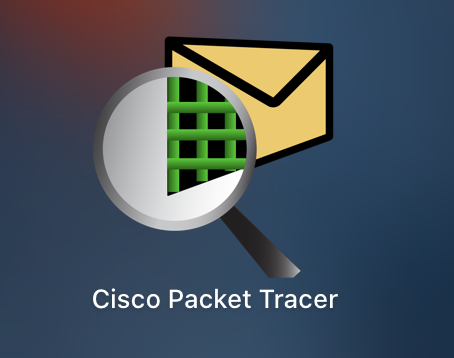In this article you will get an overview of what is Cisco Packet Tracer (CPT) and what are the different features of CPT.

Simulation
Simulation is the realistic re-enactment of real-world scenarios for various reasons, including entertainment, education, preparing for an anticipated event, or troubleshooting a problem. They are typically conducted in a controlled environment that allows for modifications or adjusting of variables as needed. However, simulations cannot account for every variable. Developing a simulation can be a complex process.
An example of a simulation is a fire drill. In this situation, a fire drill is used to prepare people for an anticipated event. During fire drills, the fire alarm is activated in the absence of a real fire, and people are instructed to react as they would if the scenario were real.
The purpose of this simulation is to teach people the appropriate steps to take in the event of a real fire without their lives actually being in danger. Other examples of simulations include simulating cardiopulmonary resuscitation (CPR), science laboratory experiments, simulations used in movies, sports, and video games.
Simulations work by developing models or systems to recreate real-world scenarios. A model refers to any setup, device, or representation used to describe or simulate a process when it cannot be experienced directly. Examples of famous network simulator software are:
- Cisco Packet Tracer
- GNS3
- NS2
- NS3
- Netsim
Introduction to Cisco Packet Tracer
Cisco Packet Tracer is Cisco’s simulation software. It can be used to create complicated network typologies, as well as to test and simulate abstract networking concepts. It acts as a playground for you to explore networking and the experience is very close to what you see in computer networks.
Packet Tracer enables students to create complicated and huge networks, which is frequently impossible with physical hardware due to cost considerations. Packet Tracer is available for Linux, Windows, and MacOS.
Packet Tracer allows users to drag and drop routers, switches, and other network devices to create simulated network topologies. If you have a Netacad account, you can download it for free.
The best way to learn about networking, according to Cisco, is to do it. This program cannot replace hardware routers or switches because the protocols are implemented solely in software. This tool, however, does not just contain Cisco hardware but also a wide range of other networking devices.
Features of Packet Tracer
Following are the features of Cisco Packet Tracer tool:
- Cisco Packet Tracer supports a multi-user system that allows many users to connect various topologies across a computer network.
- The Enhanced Physical Mode transports you to a virtual lab where you can simulate cabling devices on a rack. Refresh key skills such as device placement (Rack & Stack), on-device power switching, device port-to-port cabling (including cable selection and management), troubleshooting, and more.
- Provides an interactive and self-paced environment.
- It can be downloaded for free through a Netacad account.
- It enables its users to simulate the configuration relating to the Cisco routers and can be accessed anywhere anytime.
References
Visit DCCN video tutorials for more study material.

Suryateja Pericherla, at present is a Research Scholar (full-time Ph.D.) in the Dept. of Computer Science & Systems Engineering at Andhra University, Visakhapatnam. Previously worked as an Associate Professor in the Dept. of CSE at Vishnu Institute of Technology, India.
He has 11+ years of teaching experience and is an individual researcher whose research interests are Cloud Computing, Internet of Things, Computer Security, Network Security and Blockchain.
He is a member of professional societies like IEEE, ACM, CSI and ISCA. He published several research papers which are indexed by SCIE, WoS, Scopus, Springer and others.

Leave a Reply